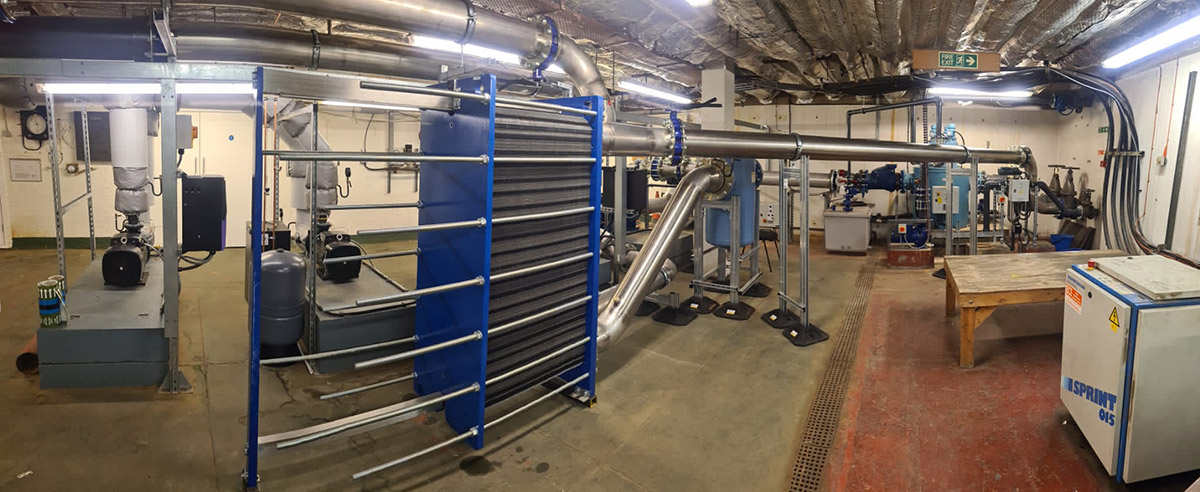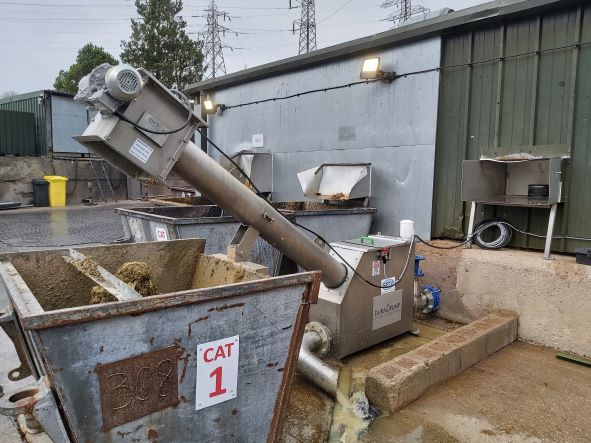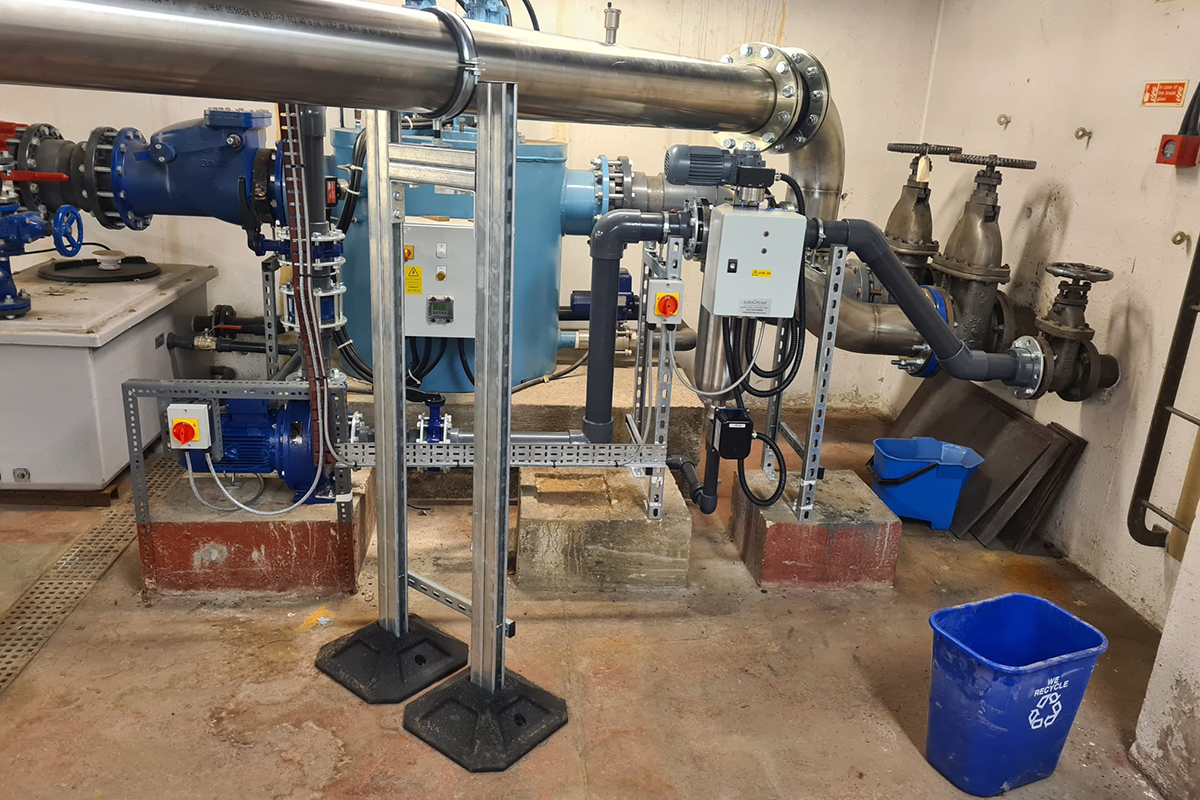The Challenge
A company that manufactures titanium fins for jet engines required our expertise with some of its pumps, due to failures. Their highly complex manufacturing process is entirely dependent on having the correct amount of chilled water at specific points. Should the water not be available when required, wastage can quickly occur and the associated downtime costs are huge.
The pumps that supplied this chilled water were failing and needed replacement before there was a catastrophic failure. The system had a history of failing pumps, typically because of failed mechanical seals or bearings. The key issue for this case was downtime; the pumps provide the cooling for the whole system which means the entire factory is inoperable when these pumps are not running.
Our Solution
We ran an analysis on the system and found that the pumps currently installed were running “off curve”. This resulted in cavitation, which resulted in failed bearings and seals. We found the system required a relatively low heat with a high flow rate to lift the cooling water to the top of the cooling tower. The site had five Worthington Simpson pumps with 5.5 kW two-pole motors; three of these pumps were running at any one time. The pipework was at an acceptable standard but the bellows and valves required replacement.
We proposed to replace the five pumps with three KSB Etablocs which had 5.5 kW six-pole motors. We replaced the bellows, isolation valves and non-return valves at the same time. Our CAD team went to the site and drew the existing system so that we were then able to design the new pumps into the system, highlighting any potential issues. This resulted in us replacing a section of pipework to reduce the downtime and improve the flow dynamics.
The Results
We designed and manufactured the proposed system in our workshop so we were then able to test that the system was fully functional and ready for operation. We shipped the system to site and then mounted it on a skid to increase the speed of installation and allow for the ease of transportation.
We were advised that a Saturday was available when the system could be turned off for a short while, which would allow us to carry out the installation. Three engineers attended the site and stripped out the old system. The new system was positioned and all parts were mechanically connected and the motors were then wired up and tested. Four hours later, the system was up and running, and fully operational.
Case Studies







